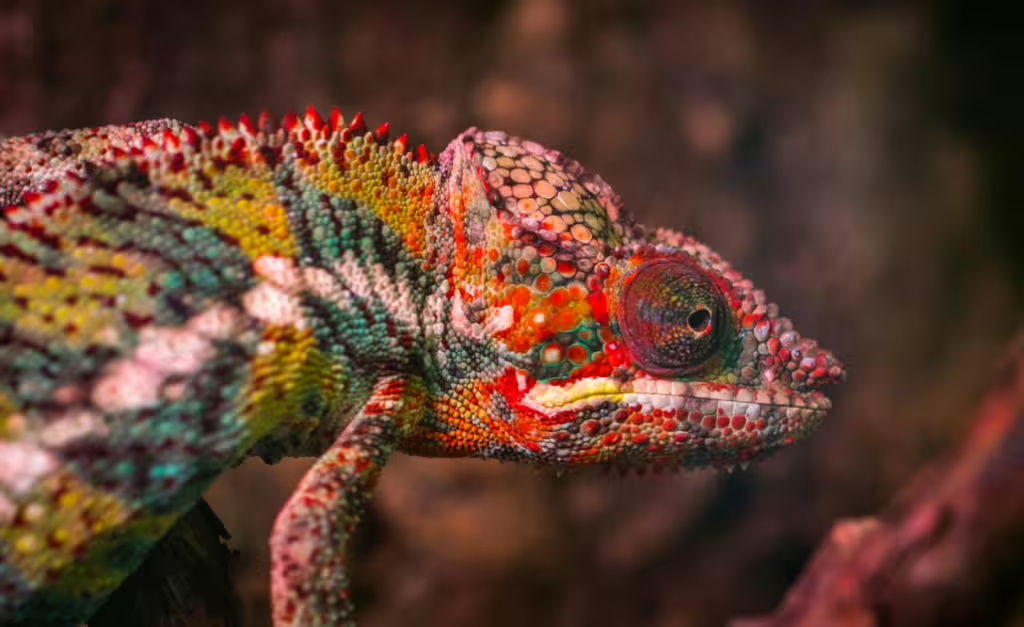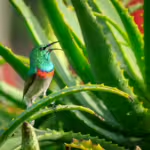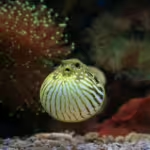Our World Tour has taken us to some truly iconic places, but few locations on this planet conjure images of evolution, adaptation, and the beauty and wonder of the natural world, like Madagascar. Keen-eyed readers will have already sussed out that this was going to be the next stop on our journey. After all, few ecosystems on this planet are as unique as those found on this small landmass just off the southeastern African coast.
Located in the Indian Ocean, Madagascar has often been described as a living museum. This moniker is derived from the fact that—since the island was essentially isolated from the mainland for nearly 90 million years—its inhabitants have had to follow their own evolutionary paths. This long-term isolation has produced a distinct array of species that can be found nowhere else on planet Earth.
In this article, we will explore the singular species that exist on Madagascar. We will examine their extraordinary adaptations and their origins. Madagascar is an island that is at once lush, harsh, and unpredictable, and those features have allowed it to bloom into what is sure to be one of the most enlightening stops on True Investigator’s World Tour.
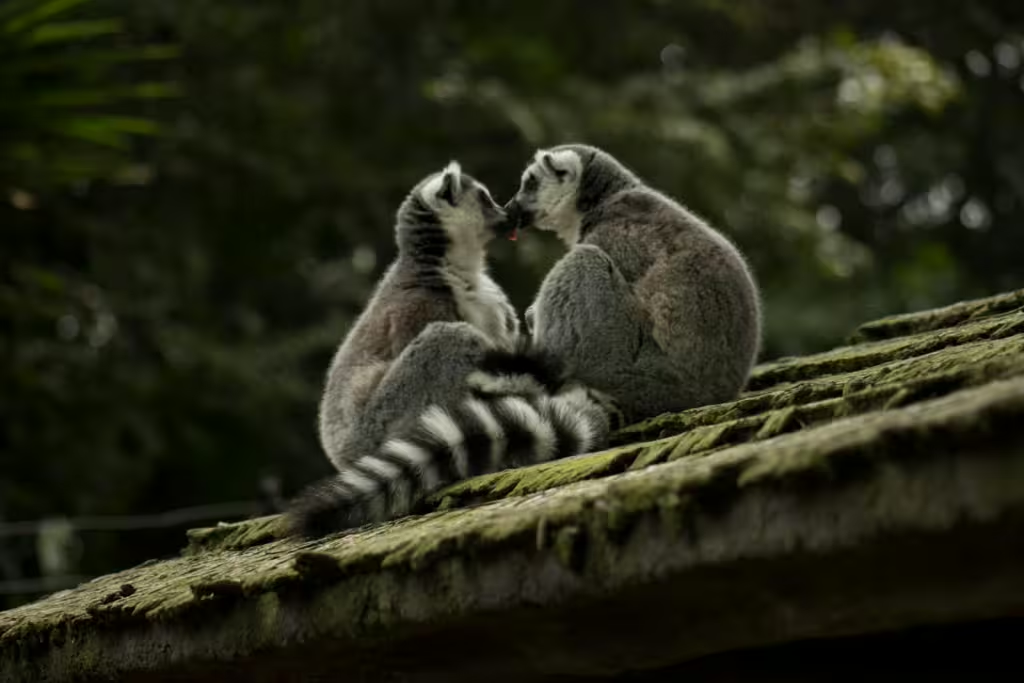
Madagascar’s Unique Setting
Much of the animal life found on Madagascar has evolved specifically to live on that particular island. In fact, approximately 90% of Madagascar’s wildlife is endemic, meaning it exists only in that exact geographical location, and nowhere else in the world. You may even know a few of these iconic animals, such as the wide-eyed lemurs, colorful chameleons, or tiny leaf-tailed geckos.
The high rate of endemism within the Madagascan biosphere is striking. The island boasts over 100 lemur species, half of the world’s chameleons, countless reptiles, and hundreds of bird species found nowhere else on Earth. From baobabs to fossas, Madagascar’s ecosystems is a who’s who evolutionary significance. These creatures illustrate the true power of isolation when it comes to shaping life.
Geological Isolation
Madagascar used to be the end piece of the great, Indian subcontinent. The two were together a long time, millennia, in fact, until some 88–90 million years ago when the island broke off and floated away towards Africa. Over the ensuing eons, Madagascar endured a long period of isolation. This alone time, so to speak, is what allowed the island’s endemic species to evolve all on their own. Without competition or predators from Africa or Asia, species found a new way to do things.
Diverse Habitats
The island of Madagascar is not one biome, but many. This diverse range of habitats spans deserts, rainforests, high plateaus, mangroves, and spiny forests. Each one supports a selection of spectacular species specially situated to survive there.
Lemurs: Madagascar’s Primate Pioneers
Madagascar’s most iconic residents are undoubtedly the lemurs. With more than 100 distinct species on the island, these remarkable primates are an amazing example of branching evolution. Not only did the lemurs branch off and evolve into a group that is distinctly unique from monkeys and apes, the one ancestral population that landed on the island has since diversified into many different forms.
Adaptations
- Nocturnal Specialization: Many species, mouse lemurs for instance, evolved large eyes and acute night vision so that they could forage in the dark. Nocturnal feeding allows mouse lemurs and the aye-aye, the chance to look for food when other diurnal animals are asleep. The aye-aye also has a unique way of feeding. It uses a single, long, thin finger to tap wood and extract grubs.
- Social Structures: Ring-tailed lemurs are the most popular of the island’s iconic lemurs. These social animals live in large groups and use scent-marking and tail movement to communicate with one another.
- Diverse Body Sizes: Madame Berthe’s mouse lemur is the smallest primate in the world, it weighs less than a golf ball and can only be found on Madagascar. Meanwhile, the massive indri can grow to be nearly as large as a toddler.
Ecological Importance
Lemurs are a critical piece of the island’s many ecosystems. They are consummate seed dispersers, helping regenerate Madagascar’s forests and enabling them to reproduce.
Chameleons: Masters of Change
Lemurs aren’t the only popular animals to be found on Madagascar. The island also happens to be home to nearly half of the world’s chameleon species. As it happens, both the largest and some of the smallest chameleons ever discovered hail from this fantastical isle.
Adaptations
- Color Change: Chameleons are often known to camouflage perfectly with their surroundings, but their color changes are also used to communicate the lizard’s mood and attract potential mates.
- Projectile Tongues: A chameleon’s tongue is sticky and can shoot out twice its body length to snatch insectile prey in mere milliseconds!
- Independent Eyes: Each of a chameleon’s eyes moves separately, giving the animal nearly 360-degree vision.
These adaptations are what make chameleons so iconic and see them rank among the most fascinating reptiles on the planet. Like lemurs, each of the many chameleon species is a specialist in its own microhabitat.
Birds: A Symphony of Endemics
As with most predators, Madagascar actually lacks the presence of any large birds of prey. Despite this, ths island’s avian diversity is rich and unusual.
Vangas
Like lemurs, Madagascar’s vanga birds have radiated into multiple forms. On the island, these birds fill the traditional roles of woodpeckers, nuthatches, and shrikes that can be found in mainland ecosystems. Like Darwin’s finches on the Galapagos, venga beaks vary dramatically—some slender and curved for probing, others stout for crushing.
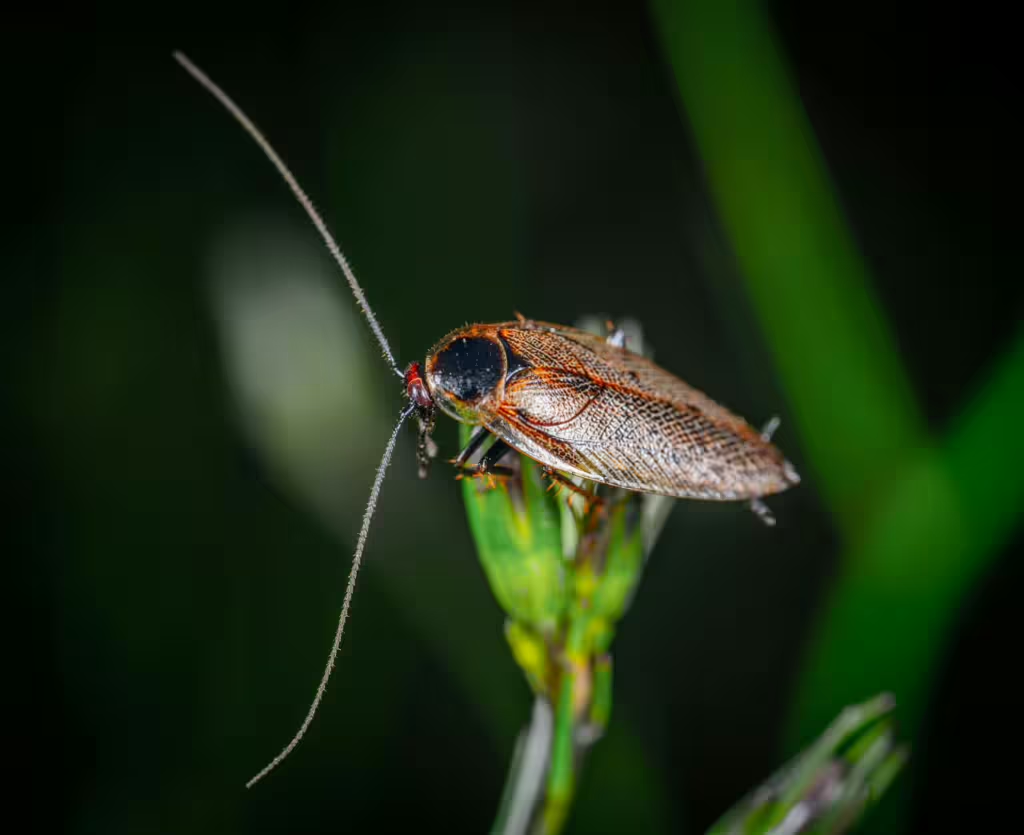
Insects: Specialists of the Island
The insects of Madagascar may seem like the same ol’ bug you’re used to, but even these innocuous beings show the value of life in its many forms.
Giraffe Weevils
You may have seen these bugs on a meme somewhere. The male of the species has an elongated neck, which it uses to fight with other males over mates. The neck can also be used for rolling leaves into protective tubes for its eventual eggs.
Comet Moths
Madagascar’s comet moth is one of the largest moths in the world. It has long tails on its wings that are meant to confuse bat echolocation.
Hissing Cockroaches
Often seen in television and movies, these large cockroaches hiss by forcing air through the spiracles on their backs. The sound is used for both defense and, oddly enough, communication.
Plants That Shape Animal Life
Madagascar’s animals aren’t the only amazing organisms on the island. This place also boasts an arrangement of unique plants and each one has shaped the adaptations its many endemic species.
Baobabs
Though they can also be found on the mainland, Madagascar hosts six species of baobabs. These remarkable trees are some of the longest-lived on the planet and can presumably live for over a thousand years. The trees provide shelter, food, and water for countless native species.
Spiny Forest Plants
In the arid southern deserts of the island, plants like Didierea have evolved spines and water storage tissues. These cactus-like plants provide shelter and water for many local animals, which themselves have had to. adapt to periods of extreme drought and food scarcity.
Rainforest Flora
Dense canopies in the island’s rainforests support lemurs, frogs, and birds of all kinds. There is a symbiotic relationship at work here, however, as many trees rely on animals like fruit bats and lemurs for pollination and seed dispersal.
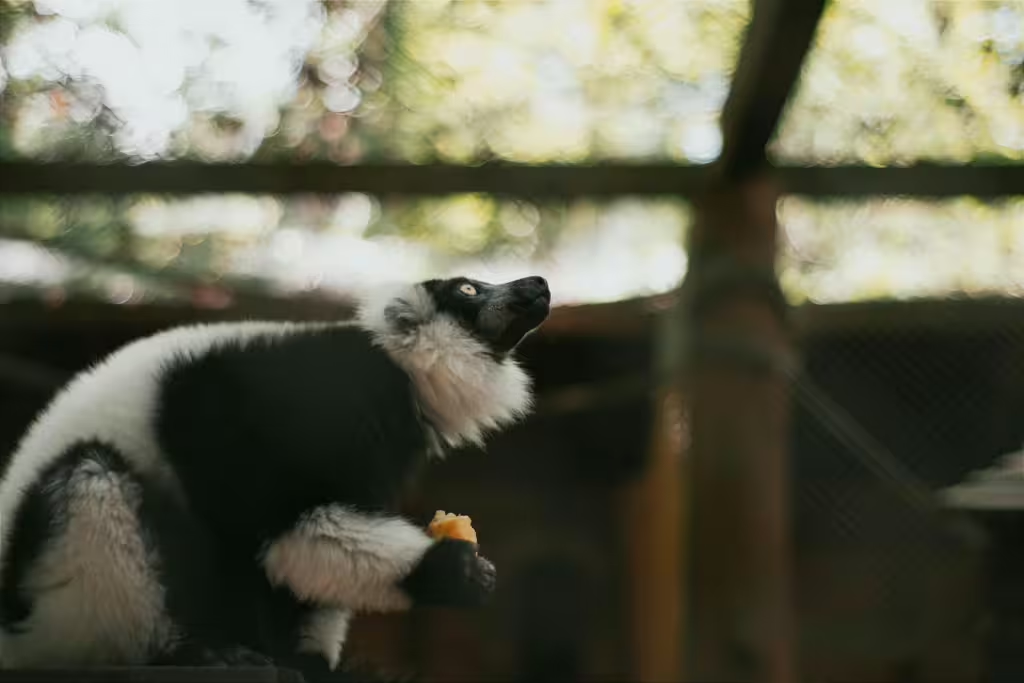
True Investigator Says…
As you can see, the island of Madagascar is nothing short of a marvel. This singular location, full of unique, endemic species, illustrates the true power of adaptation. The inventive way that many of the island’s inhabitants have had to fill the roles left by vacant species, is nothing short of remarkable. If you ever want to see nature at her best when it comes to evolution, Madagascar would be one of the best places to visit. The wonders of nature notwithstanding, Madagascar’s wildlife is still in danger.
Humankind has marred and affected this once-isolated island just as it has countless others. Deforestation, pollution, and overhunting continue to ravage a highly-balanced ecosystem. Those callous and destructive influences have done much to throw that balance out of whack, and we need to act as stewards of the planet if we mean to right it.
Throughout this article, we have lauded Madagascar as a biodiversity hotspot; a natural laboratory of evolution, but its import lies in more than just its quirky or distinctive nature. The plants and animals that live here show us how life adapts to isolation. It shows us how climate extremes and ecological opportunity influence behavior and morphology. Thus, for the global community, Madagascar is a living example of what we lose when we are cavalier with the environment.
In the end, protecting Madagascar’s wildlife is going to require both global attention and local action. If we can do our part to preserve the island’s forests, reefs, critters, and unique cultures, then we will have the chance of return this living museum to its former, pre-human disposition.
Discover more from TrueInvestigator
Subscribe to get the latest posts sent to your email.
